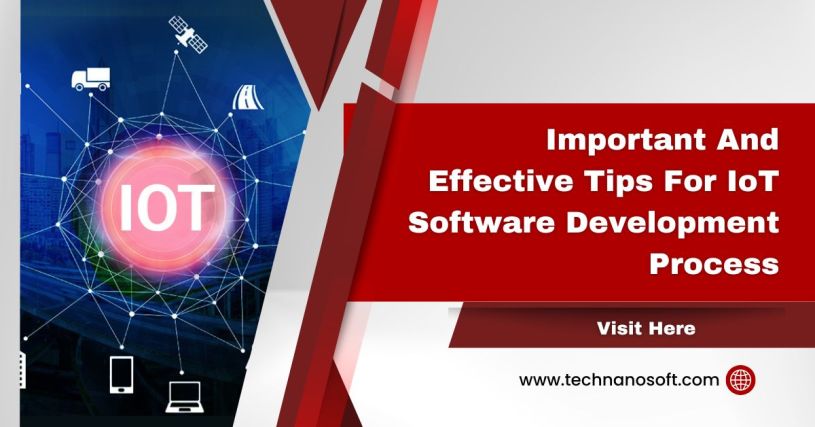What are the five levels in software development for IoT?
The five levels in IoT software development are often called the “IoT Stack” or “IoT Technology Stack.” Each level builds upon the previous one and provides a comprehensive framework for developing IoT software solutions. The five levels are:
- Device hardware: This is the physical layer of the IoT stack and includes all the sensors, actuators, and other hardware components that make up an IoT device.
- Device firmware: This level involves developing the software that controls the device hardware. It includes drivers, communication protocols, and low-level firmware.
- Network communication: This level involves developing the software enabling devices to communicate with each other and the cloud. It includes protocols, gateways, and APIs.
- Cloud services: This level involves developing software that enables data storage, processing, and analytics in the cloud. It includes cloud platforms, databases, and analytics tools.
- Application software: This level involves developing the software applications that end-users interact with. It includes mobile apps, web applications, and other user interfaces.
Each level in the IoT stack requires different skills and expertise. Developing IoT software solutions requires collaboration across different teams and disciplines, including hardware engineers, firmware developers, network engineers, cloud developers, and application developers. By following a structured approach to IoT software development, organizations can ensure that their solutions are robust, scalable, and secure.
Also Read: AI in Software Development Slows Down Costs and Expands Opportunities
Tips and Tricks for Successful IoT Software Development
The Internet of Things (IoT) has revolutionized how we interact with technology. From smart homes to connected cars, the possibilities for IoT are endless. However, developing IoT software can be challenging. This blog will share some essential and practical tips for the IoT software development process.
- Define the requirements clearly: The first step in developing IoT software is to define the requirements clearly. It includes understanding the devices, sensors, and data that will be collected and processed. It’s essential to identify the specific goals and objectives of the project to ensure that the software meets the needs of the end users.
- Choose the right platform: Choosing the right platform is critical for IoT software development. Many platforms, such as Arduino, Raspberry Pi, and others, offer a range of features and capabilities. It’s essential to select a platform that suits the project’s specific requirements and offers flexibility and scalability.
- Select the appropriate programming language: Choosing the appropriate programming language is critical to developing effective IoT software. Some popular languages include C++, Python, and Java. Each language has strengths and weaknesses; the choice will depend on the project’s requirements.
- Focus on security: Security is a critical aspect of IoT software development. IoT devices can be vulnerable to cyberattacks, and taking steps to protect them is essential. It includes implementing encryption and authentication mechanisms and implementing secure coding practices.
- Use data analytics: IoT software development should involve data analytics to derive insights from the data the devices collect. It can help identify patterns, trends, and anomalies that can inform decision-making and improve the effectiveness of the software.
- Test thoroughly: Thorough testing is crucial to ensure the reliability and effectiveness of IoT software. It includes functional testing, performance testing, and security testing. It’s essential to test the software in a real-world environment to identify any potential issues and ensure that it meets the needs of the end users.
- Follow best practices: Finally, it’s essential to follow best practices for IoT software development. It includes using agile methodologies, collaborating effectively with stakeholders, and continuously monitoring and improving the software.
In conclusion, developing IoT software requires careful planning, attention to detail, and a focus on security and data analytics. By following these important and practical tips, developers can create effective IoT software that meets end-users needs and help drive industry innovation.

